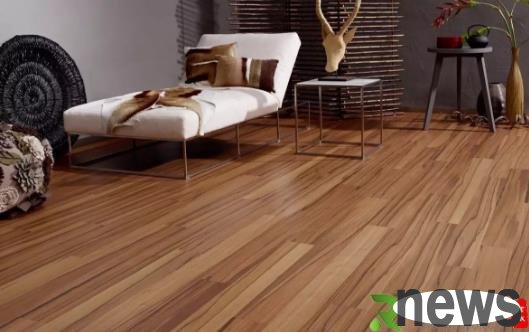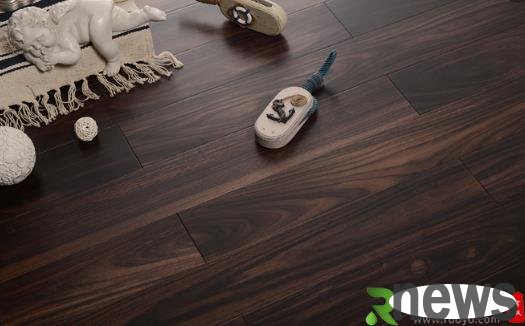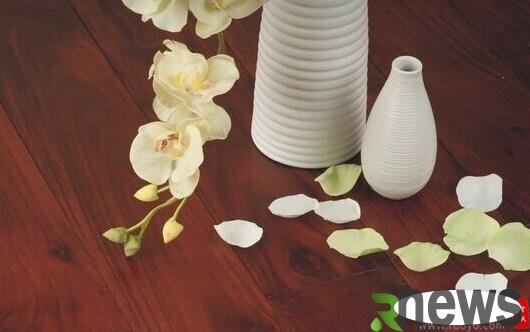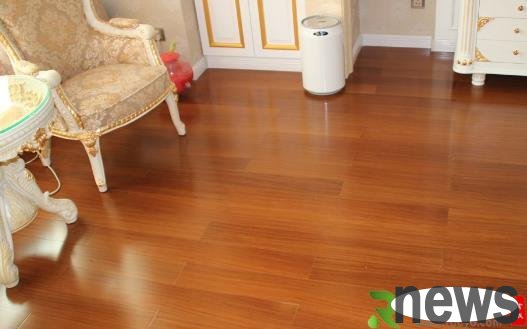Solid wood floor maintenance rules make the floor radiant in spring
As the temperature rises in spring, changes in indoor temperature and humidity may cause the phenomenon of shrinkage and cracking of floors and furniture at any time. Some solid wood floor maintenance rules can make the floor radiant in spring. Let’s follow the editor to learn more about it below!

Three rules for maintenance of solid wood floors: The number of times the floor should not be frequently waxing, especially in spring, which is very easy to cause the air in the room to dry. In order to make the floor "skin" more moisturized and moist, increasing the number of times the floor waxing extends its lifespan has become the choice of many people.
Appropriate waxing of the floor can prevent moisture, damage, increase surface luminosity and facilitate cleaning, but if the waxing times are too frequent, it will cause damage to the floor. Frequent waxing will cause the wax and wax layer to be stacked, and there will be a gray layer in the middle of the wax layer twice, affecting the waxing effect.

At present, more and more households are laying laminate floors. The surface of the laminate floor is wear-resistant paper, and the composition is “ aluminum oxide ” this metal layer makes the wax impossible to penetrate into the floor and can only adhere to the floor surface. After waxing, people will leave footprints when walking. Over time, the floor surface becomes like "big face" and it affects the beauty of the floor and is difficult to wipe and manage.
When the air is dry, laminate flooring should not be waxing or cleaned with detergent powder, etc., and do not polish with matte paper. You can wipe it with a wrung rag, then maintain it with a care solution, and remove it with special detergents in difficult-to-wipe areas. If the home is laid with solid wood floors, the number of waxing times should not be frequent.

The three rules for maintenance of solid wood floors: Do not directly increase humidity: "Water replenishment"
Indoor drying can easily cause floor cracks. Increasing the humidity on the floor surface can effectively alleviate floor cracks and shaking problems. However, it is not advisable to add moisture to the floor to a large scale, but should actively adjust the indoor humidity.
The indoor temperature and humidity should be maintained in spring. Generally speaking, the temperature should be lower than 28℃, and the humidity should be kept between 50% and 70%, and it should not be lower than 40%. Such temperature and humidity can keep the wooden floor in a relatively unchaotic state. If the natural humidity is not reached, you can use a humidifier to increase humidity.

When maintaining solid wood floors, you can use a vacuum cleaner or broom to clean the surface of the floor, and then use a rag or mop that is soaked and wrung dry until it is not dripped. If you encounter stubborn stains, wipe them with a neutral cleaning solvent and then wipe them with a wrung cotton mop. Do not use acid, alkaline solvents or organic solvents such as gasoline. The laminate floor can be wiped with a slightly moist mop to increase the humidity of the floor surface. If there is cracking in local locations, the humidity should be increased appropriately after filling and adding humidity to facilitate floor restoration.
If there is accidental flooding in large areas or locally soaked, or there is clear water retention, it should be sucked dry with a dry cloth in time and the floor should be naturally dry. Do not dry with an electric heater or exposed to the sun. In addition, it is not allowed to wipe it with liquids such as aggressive gasoline and soapy water to avoid damaging the gloss of the floor surface.

The three rules for maintenance of solid wood floors: prevent fine particles from scratching the floor. The fine gravel stays on the floor surface for a long time. After walking back and forth, traces of sand and gravel wear will appear on the floor surface. In addition to sand and gravel, dust, hard-soled shoes, metal sharps, and glass tiles are all nemesis of the floor, especially in the north, the spring is windy and sandy, and the problem of tiny sand and dust is even more prominent.
To reduce particle wear on the floor, it is particularly important to keep the floor clean. You can place foot pads at the entrance, and it is best to change into flat slippers before entering the room. Thin shoe covers will still cause some sharp surface gravel to scratch the floor. Pay attention to cleaning the floor after opening the window for ventilation. If there is dust or gravel, it should be vacuumed and cleaned immediately.
The grey on the floor should not be treated with moist rags and mops. The grey wrapped in it can easily cause the surface of the floor paint film to wear and cause scratches; in addition, you should also pay attention to not let the floor contact open flames or place high-power electric heaters directly on the floor, nor should you directly place high-temperature objects such as boiling kettles and stoves.




